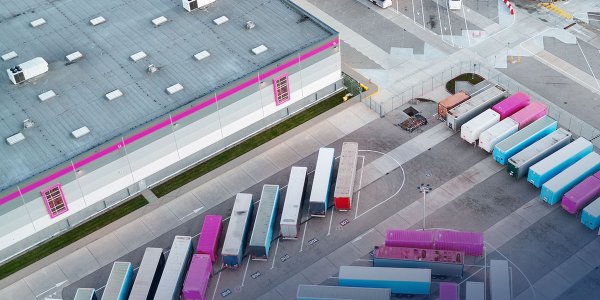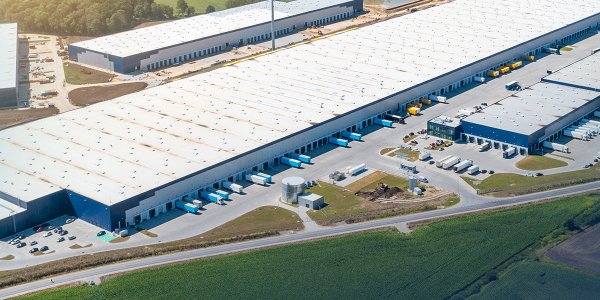Why Supply Chain Resilience Matters More Than Ever
In an age of constant uncertainty — from pandemics to geopolitical conflicts and natural disasters — one topic is increasingly coming into focus for logistics decision-makers: supply chain resilience. Global crises make it painfully clear: no one is immune to delivery bottlenecks, transport shocks, or sudden political disruptions.
According to the latest BME Logistics Study 2024, many companies are still dissatisfied with their risk management and resilience measures. Only 26 percent have established a dedicated supply chain risk management function. In our interconnected world, issues at early supply stages (such as raw material suppliers) can quickly snowball through the entire chain.
Resilience means more than reacting to known risks — it's about being prepared for the unexpected, the so-called "Black Swans." Companies must respond quickly to disruptions and ideally emerge stronger. It’s not just about surviving the next crisis. It’s about long-term viability.
Proven Strategies for Resilient Supply Chains
If you want to build a resilient supply chain, you need a well-thought-out strategy. Diversification is key: Don’t put all your eggs in one basket. Spreading sourcing across multiple suppliers and regions reduces the risk of total breakdowns.
Redundancies, such as safety stocks or alternate transport routes, provide room to maneuver when disruptions occur. Modularizing products and processes boosts flexibility when components fail. Nearshoring or reshoring moves parts of the value chain closer to the market, cutting dependency on global routes.
Running stress tests and scenario simulations regularly helps expose weaknesses before they become critical. And most importantly: supply chain resilience is a team sport. Only through collaboration, data transparency, and ecosystem-wide coordination can long-term stability be achieved.
Digitalization: The Key to Resilient Supply Chains
Without digitalization, supply chain resilience remains a pipe dream. Only with the right technologies does it become measurable, controllable, and scalable.
Real-time visibility is crucial. Sensors, IoT devices, and track & trace systems provide up-to-date information on goods and their conditions. Dashboards visualize the data, allowing deviations to be detected immediately.
Artificial intelligence also plays a growing role. Predictive analytics can forecast disruptions — triggered by weather, geopolitical shifts, or demand surges. Smart recommender systems suggest alternate suppliers or transport options the moment a risk emerges.
In addition, digital collaboration platforms connect manufacturers, logistics providers, and suppliers. Standardized APIs and shared data models enable seamless information flows — the foundation for joint resilience strategies.
And let’s not forget: data quality is essential. Only when ERP, TMS, WMS, and external sources are harmonized can digital tools unleash their full potential.

Conclusion: Strategy, Tech & Teamwork Build Resilience
Resilience doesn’t come from one-off actions. It requires a powerful mix of strategy, technology, and collaboration. Those who act today don’t just make their supply chains more robust — they secure their future.
Recommendations for implementation – your roadmap
- Analysis & status assessment
Map your current supply chain, critical suppliers, bottlenecks, and current risk areas. - Pilot project “Supply chain monitoring”
Select a product area or delivery route and introduce real-time transparency, dashboards, and warning logic. - Scenario modeling & stress tests
Simulate failures (supplier, logistics hub) and test responses. - Prioritization of measures
Use cost-benefit analysis to decide where redundancies, buffers, new suppliers, or process adjustments make sense. - Organizational anchoring
Create roles, processes, escalation paths, governance structures, and empower employees. - Scaling & networking
Transfer proven measures to other supply chains, network system landscapes (ERP, TMS, WMS, etc.), involve suppliers, use platform solutions. - Continuous monitoring & learning
Resilience is not a project with an end point, but a permanent ability to learn and adapt.

